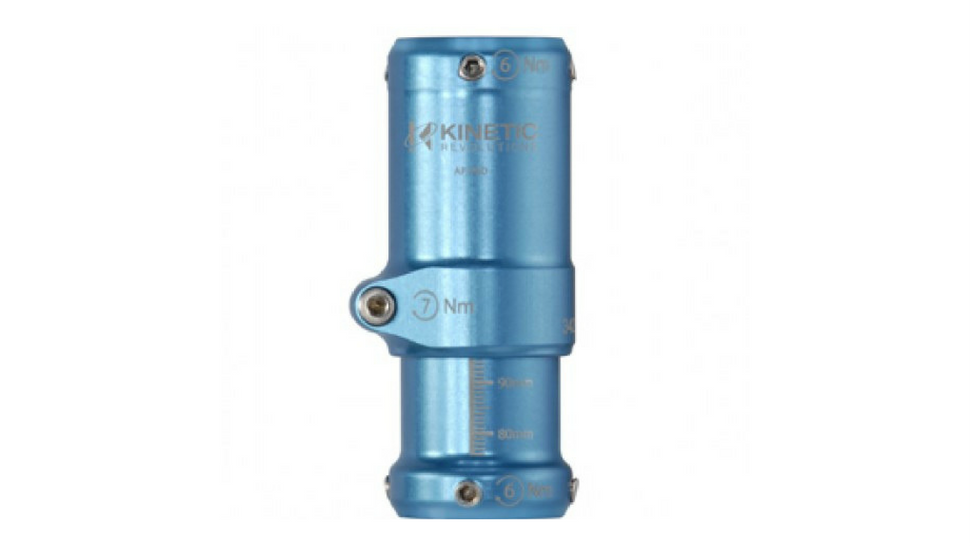Eli Kaberon, November 14, 2017
MacDonald Heebner and Jeffrey Brandt have a long history together, which is helping them create technology for the future.
Heebner and Brandt started off as childhood friends, growing up together in Gettysburg, Pennsylvania. Then they became roommates as undergrads at Penn State.
For the past seven years, the two have been business partners, teaming up to run Kinetic Revolutions, a medical device company that specializes in prosthetics for patients in need.
Both founders have a background in the medical field, and the company was launched in 2010 after several discussions about how to best provide their patients with the help they need. Instead of working hard to create a solution for a single person in need, they decided they could make a bigger impact by taking their in-house products to market. To stand out from the competition, they focus on helping clients, not turning a huge profit.
Heebner and Brandt see growth possibilities in products that are well-designed and solve problems for their customers, as opposed to other medical device companies who, in Heebner?s words ?are coming up with solutions and then turning to find a problem to solve with them.?
?We care about making a difference with a patient and practitioner,? Heebner said. ?That sounds like a big cliché, but all of us at Kinetics are practitioners first, not medical device folks."
The Adjustable Pylon, the company?s first product, is an example of this ethos. Released just six months after the company?s founding, the Pylon sits between the ankle and a custom socket on a prosthetic leg, allowing the wearer to adjust for leg length discrepancies. The device, which comes in a variety of sizes, reduces pain while keeping the wearer active.
In the last few years, the company has expanded their mission, working toward improved mobility for customers along with creating high-quality prosthetics. A common challenge that has resulted from that change is turning well-known solutions into functional devices.
?A lot of the funding that?s out there, a lot of the interest that?s out there, a lot of the stories that are out there, they?re often focused on these high-tech solutions,? Heebner said. ?They have a lot of meaningful bells and whistles, but they cost a lot of money. Not enough attention is paid to the componentry out there that?s required to enable those things to work.?
Kinetic Revolutions is trying to find a way to make mobility easier for everyone by focusing on reliable parts that can work hand-in-hand with new emerging technologies. For example, understanding patients that have suffered strokes and need to re-learn the ability to walk have different needs than those who require a prosthetic because of a different type of limb injury.
?Patient care has suffered with the way innovation has gone, because there?s more time training with a device and less time with a patient,? Heebner said. ?I think that?s going to change because there?s a recognition that it?s all integrated, and as a result, that will turn back in our favor. So we?re going to keep doing what we?re doing.?







